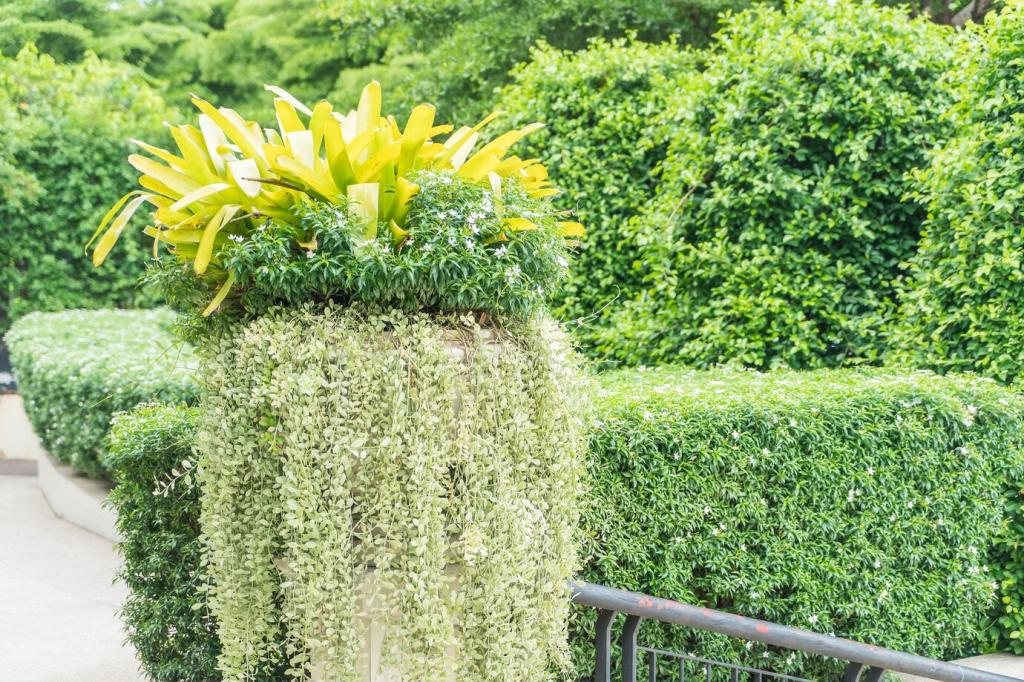Troubleshooting and Common Myths
Premature breakdown usually traces to thin materials under intense sun with no mulch. Choose a suitable weight, shade with organic mulch, and secure edges. In many gardens, this combination delivers reliable weed control through the intended season while still leaving the soil healthier afterward.
Troubleshooting and Common Myths
Surface molds on natural fibers are common early on and typically harmless, reflecting active biology. Ensure airflow, avoid overwatering, and keep mulch fluffed. If rodents tug edges, increase pinning and tidy nearby habitat. Share your observations so we can crowdsource practical fixes tailored to different climates and soils.





